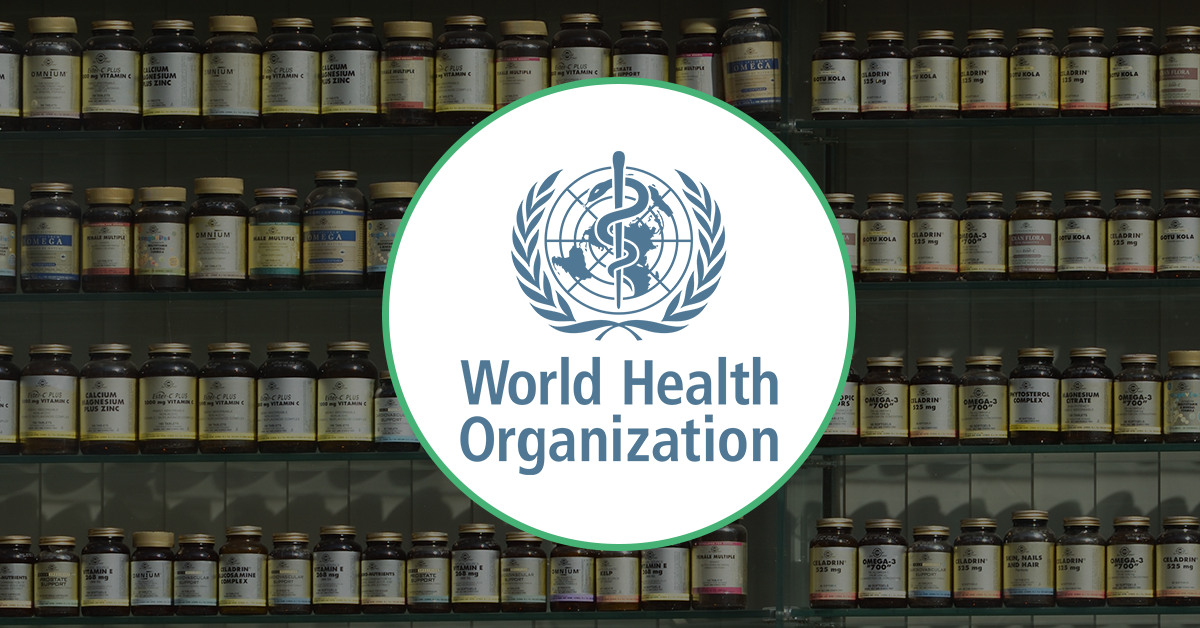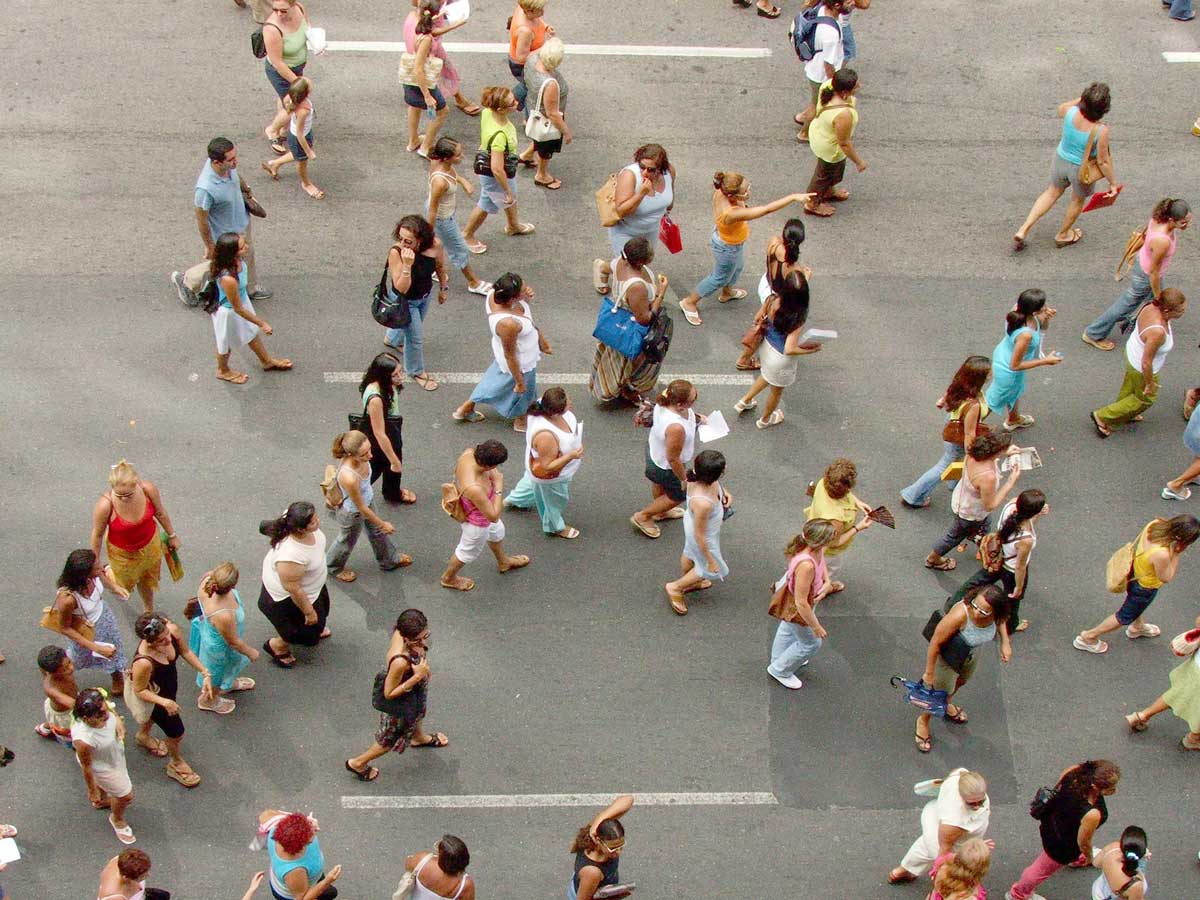New WHO Global Report on Traditional and Complementary Medicine

The World Health Organisation (WHO) has just released the WHO Global Report on Traditional and Complementary Medicine 2019 to address the gap in reliable and official data from Member States in the area of Traditional & Complementary Medicine (T&CM). The report provides valuable information for policy-makers, health professionals and the public on the potential contribution of T&CM to health and well-being, stating:
“The report reviews global progress in T&CM over the past two decades and is based on contributions from 179 WHO Member States. It provides valuable information for policy-makers, health professionals and the public for capitalizing on the potential contribution of T&CM to health and well-being.”
The report states, “Globally, the landscape for T&CM has been improving consistently”, with many Member States having taken steps between 2005 and 2018 to promote the safety, quality and effectiveness of T&CM.
The WHO Report was released at an official meeting on 21 May 2019 at the WHO Headquarters in Geneva, Switzerland, one of a growing number of WHO Member States that have integrated T&CM into their national healthcare systems.
The Report is the most comprehensive and up-to-date report on T&CM, with 179 of the 194 WHO Member States officially contributing information. It captures policy and regulation of T&CM, as well as information on products, practices and T&CM practitioners across WHO’s six global regions.
Government delegates from Member States across all six WHO regions – Iran, India, China, Turkey, Curaçao, Ghana and Cuba – presented overviews on the integration of T&CM into their national healthcare systems.
Is Australia meeting its obligations as WHO Member State?
How is Australia, which falls within the WHO Western Pacific Region, fulfilling its obligations under the WHO Traditional Medicine Strategy 2014–2023 to develop proactive policies to promote and integrate T&CM as part of its national healthcare mix?
Australia has instigated measures that have limited, rather than expanded, its population’s access to T&CM services and made them less affordable. For example, in 2018 the Federal Government passed legislation removing Private Health Insurance Rebates for widely used T&CM services, including herbal medicine, naturopathy, homeopathy, yoga, pilates and tai chi. This was solely based on outdated reviews that ignored a growing body of positive evidence and, by design, excluded complementary medicine research and subject experts.
Australia also fosters a conservative medical culture that has resulted in an ‘us versus them’ approach to healthcare.
For example, the Medical Board of Australia is currently attempting to restrict medical practitioners from offering their patients integrative T&CM treatment options.
The Victorian State Government is also currently seeking to ban chiropractors from treating children under 12 – an openly adversarial move it wants replicated nationally.
Such actions are incongruent with the WHO’s goal of “Improving equitable access to safe, quality and effective T&CM services can potentially meet communities’ needs and build sustainable and culturally sensitive primary health care”, and is contrary to Australia’s obligations as a WHO Member State to take a more culturally respectful, considered and evidence-based approach.
WHO Director-General highlights importance of integration of T&CM:
In the foreword to the Report WHO Director-General, Dr Tedros Adhanom Ghebreyesus, acknowledges the importance of integrating T&CM in healthcare:
“Traditional and Complementary Medicine (T&CM) is an important and often underestimated health resource with many applications, especially in the prevention and management of lifestyle-related chronic diseases, and in meeting the health needs of ageing populations. Many countries are seeking to expand coverage of essential health services at a time when consumer expectations for care are rising, costs are soaring, and most budgets are either stagnant or being reduced. Given the unique health challenges of the 21st century, interest in T&CM is undergoing a revival”.
The WHO’s 13th General Programme of Work (GPW13) came into effect this year for 2019–2023, setting an overarching goal of reaching an additional 3 billion people globally to ensure ‘healthy lives and promoting well-being for all at all ages – by achieving universal health coverage (UHC), addressing health emergencies and promoting healthier populations’.
“Traditional and complementary medicine (T&CM) can make a significant contribution to the goal of UHC by being included in the provision of essential health services. Improving equitable access to safe, quality and effective T&CM services can potentially meet communities’ needs and build sustainable and culturally sensitive primary health care.”
Summary:
The Executive Summary of the report states, “Globally, the landscape for T&CM has been improving consistently. In line with the WHO Traditional Medicine Strategy 2002–2005 and the WHO Traditional Medicine Strategy 2014–2023, and relevant World Health Assembly resolutions, Member States took steps between 2005 and 2018 to promote the safety, quality and effectiveness of T&CM. They also took steps for the appropriate integration of T&CM into health systems (particularly health services) by developing national policies, regulatory frameworks and strategic plans for T&CM products, practices and practitioners.
Based on current information, 88% Member States have acknowledged their use of T&CM which corresponds to 170 Member States. These are the countries that have, for example, formally developed policies, laws, regulations, programmes and offices for T&CM, and the actual number of countries using T&CM is likely to be even higher.”
Links:
The WHO Global Report on Traditional and Complementary Medicine can be downloaded from the WHO website.
An overview of the activities of the Traditional, Complementary and Integrative Medicine (TCI) Unit at the WHO Headquarters can be found here.
Sign and share the petition below to help protect your right of choice in healthcare.
« Return to News & Features
